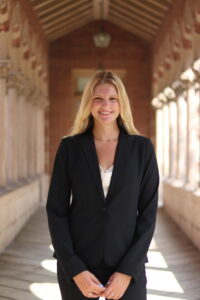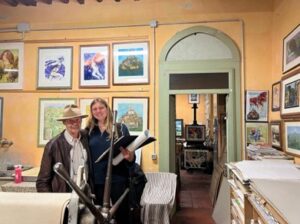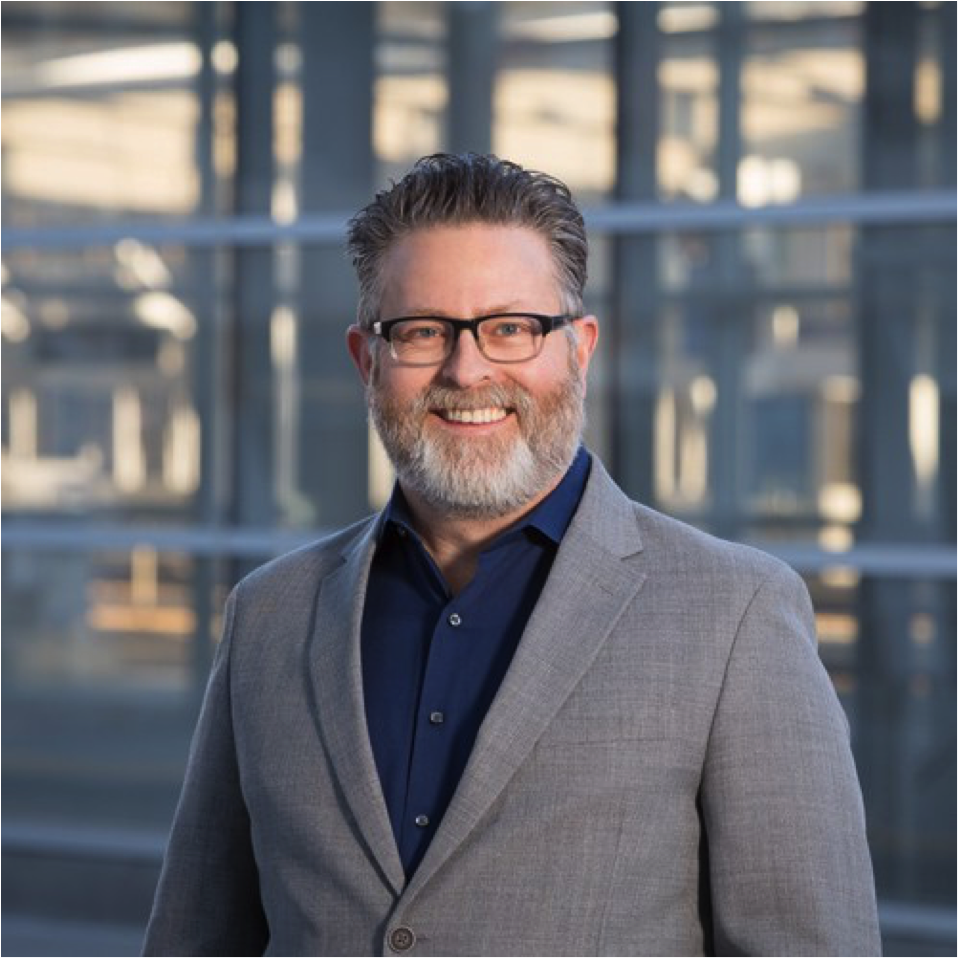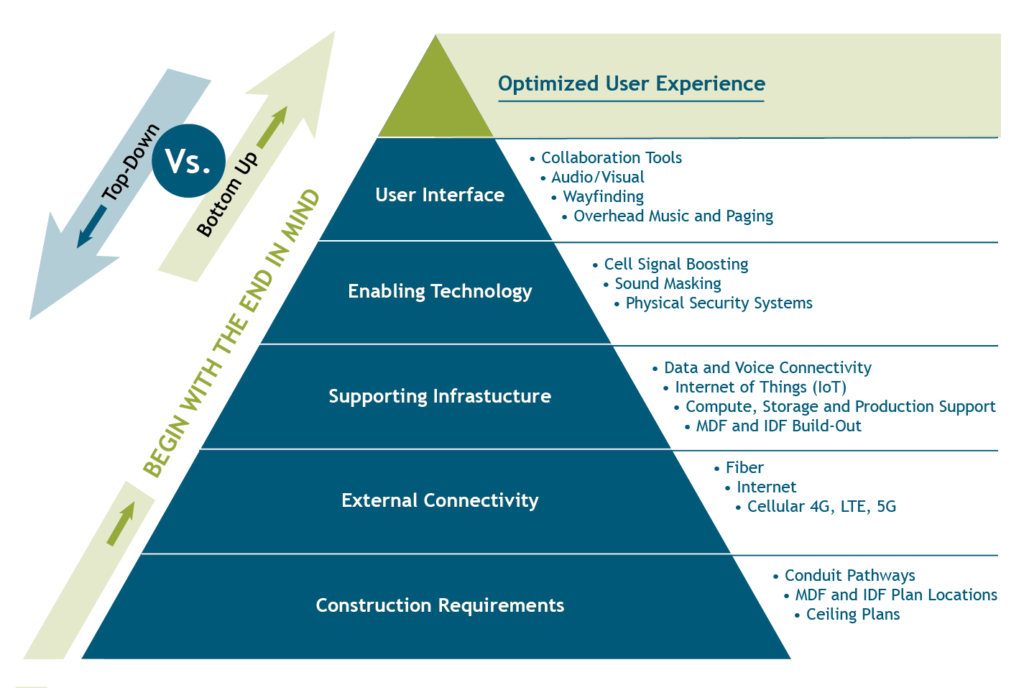Addison (Addie) Bouck has joined SageRiver this summer as an intern. A true Renaissance woman, Addie is studying history, philosophy and management consulting at the University of Southern California at Los Angeles. She also enjoys art, volunteering, sports and sailing—and recently returned from a semester in Italy, where she spent some of her time learning about traditional printmaking methods. We sat down with Addie this month to talk about what she’s learned at SageRiver thus far and what drew her to an internship with the firm.
SageRiver (SR): What prompted you to pursue an internship with SageRiver?
 Addie Bouck (AB): I’ve always been interested in consulting. The project-based structure and the problem-solving focus really pulled me into the industry. SageRiver’s size—coupled with its clear focus on strategy—gives me a perfect opportunity to explore the industry while getting hands-on experience. I was also excited to work with this amazing team within a company culture that I find inspiring and enjoyable. The SageRiver culture is one I will look for in future jobs.
Addie Bouck (AB): I’ve always been interested in consulting. The project-based structure and the problem-solving focus really pulled me into the industry. SageRiver’s size—coupled with its clear focus on strategy—gives me a perfect opportunity to explore the industry while getting hands-on experience. I was also excited to work with this amazing team within a company culture that I find inspiring and enjoyable. The SageRiver culture is one I will look for in future jobs.
SR: What will you be focusing on this summer?
AB: As I mentioned, I was really excited about the variety of work that I get to do at SageRiver. Thus far, I have been focusing on marketing strategy and graphic design, researching emerging industry trends (e.g., artificial intelligence and collective impact), supporting client projects and interviewing other industry members to expand my understanding of the range and scope of consulting practices. I’m looking forward to putting together a final presentation summarizing my work from the summer, as well as compiling and synthesizing the research I’ve completed into a final deliverable.
SR: How does this internship relate to what you’re studying in college?
AB: I’m a history major with minors in management consulting and philosophy. Originally, I added consulting to my degree as a sort of “practical application” of the skills I’m gaining in my liberal arts core studies. However, the more I learn about consulting, and the business world in general, the more direct correlations I’m able to find between these fields. For example, storytelling is a fundamental part of historiography, as well as understanding the developments and rationality of many philosophical trends. It is also foundational to developing an actionable strategy for an organization that speaks to the organizational values and mission, while also taking into account its culture and day-to-day operations. I’m really enjoying discovering these similarities, and I’m looking forward to uncovering other connections as I learn more about the industry.
SR: What’s something people might be surprised to learn about you?
AB: I spent a month backpacking in the Talkeetna Mountains in Alaska two summers ago with the National Outdoor Leadership School. It was one of the coolest things I’ve ever had the opportunity to do.
 I also spent this past May in Barga, Italy, a small town just north of Lucca. with the wonderful artist Swietlan Nicholas (Nick) Kraczyna (pictured at left). He was my drawing professor during my semester abroad in Florence and is staging an exhibition commemorating the 50 summers he has spent creating art in Barga. He is a printmaker known for his multiplate color etchings, and he needed help producing the etchings for his show. I was lucky enough to learn from him and work in his print shop. It was a dream.
I also spent this past May in Barga, Italy, a small town just north of Lucca. with the wonderful artist Swietlan Nicholas (Nick) Kraczyna (pictured at left). He was my drawing professor during my semester abroad in Florence and is staging an exhibition commemorating the 50 summers he has spent creating art in Barga. He is a printmaker known for his multiplate color etchings, and he needed help producing the etchings for his show. I was lucky enough to learn from him and work in his print shop. It was a dream.
SR: What is your biggest learning at SageRiver so far?
AB: I have come to understand that team dynamics and company culture are even more important than I initially thought. Getting to work with the SageRiver team has been educational, interesting, insightful and straight up fun. I can’t wait to apply all that I have learned, not only to my future career but also to how I orient myself in future teams and communities.



 At SageRiver, we harness the power of mindfulness in team strategy, as well as executive coaching, sessions. We often begin our sessions with a mindfulness exercise to help participants let go of whatever stresses or demands they experienced that day. By grounding them in the moment and encouraging them to observe, welcome and honor thoughts and feelings, we set the tone for the work to come.
At SageRiver, we harness the power of mindfulness in team strategy, as well as executive coaching, sessions. We often begin our sessions with a mindfulness exercise to help participants let go of whatever stresses or demands they experienced that day. By grounding them in the moment and encouraging them to observe, welcome and honor thoughts and feelings, we set the tone for the work to come.
 A conversation with Layer 10 Consulting
A conversation with Layer 10 Consulting SR: Based on your experience, do you believe technology drives culture change?
SR: Based on your experience, do you believe technology drives culture change?